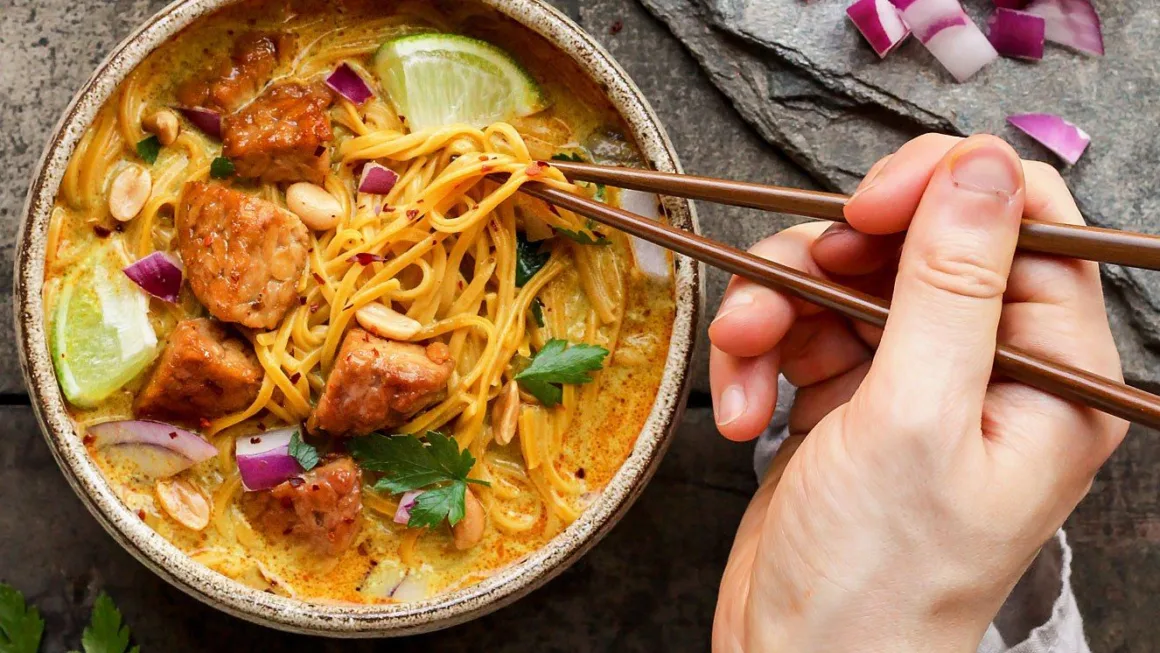Introduction:
Holi, the festival of colors, holds a special place in the hearts of millions across India. This vibrant and exuberant celebration is not just about throwing colors; it is a cultural extravaganza that unites people, transcending boundaries and celebrating the triumph of good over evil. As we delve into the kaleidoscope of Holi celebrations across India, we witness a myriad of traditions, customs, and festivities that make this festival a truly unique and joyous occasion.
Historical Significance:
The roots of Holi can be traced back to Hindu mythology, particularly the legend of Holika and Prahlad. The festival commemorates the victory of Prahlad, a devout follower of Lord Vishnu, over the demoness Holika. This triumph of good over evil is symbolized through bonfires, known as ‘Holika Dahan,’ which are lit on the eve of Holi. People gather around these bonfires, sing traditional songs, and perform rituals to ward off evil spirits.
Geographical Diversity:
One of the fascinating aspects of Holi is its diverse celebration across different regions of India. Each state adds its own unique flavors to the festival, making it a tapestry of traditions and cultural expressions.
1. North India:
In North India, Holi is celebrated with immense zeal and fervor. The cities of Mathura and Vrindavan, associated with Lord Krishna’s childhood, witness grand celebrations that attract people from all over the country. The Lathmar Holi in Barsana, where women playfully hit men with sticks, is a highlight of the festivities.
Delhi, the capital city, turns into a riot of colors as people take to the streets, smearing each other with gulal (colored powder) and dancing to the beats of traditional dhol (drum) music. The air is filled with joy and laughter, and it becomes evident that during Holi, everyone is equal, transcending barriers of caste and class.
2. West India:
In the western state of Gujarat, Holi is celebrated with the popular tradition of ‘Rangwali Holi’ and ‘Dandiya Raas.’ The vibrant dance performances, accompanied by the rhythmic clashing of sticks, create a lively and energetic atmosphere. The enthusiasm of the people during the ‘Dhuleti’ celebrations, where the entire community comes together to play with colors, is truly infectious.
Maharashtra adds its own twist to Holi with the tradition of ‘Govinda’ or ‘Dahi Handi.’ Young men form human pyramids to break the pot filled with curd hanging high above the ground. This custom symbolizes the playful and mischievous nature of Lord Krishna.
3. East India:
In the eastern states of West Bengal and Odisha, Holi is known as ‘Dol Jatra’ or ‘Dol Purnima.’ The festival is celebrated with fervent devotion to Lord Krishna and Radha. In West Bengal, people participate in processions carrying the deity on a decorated palanquin, while in Odisha, the ‘Dolabedi’ ceremony involves the placing of deities on a swing.
In the northeastern state of Assam, Holi is celebrated as ‘Phaguwa’ and is accompanied by traditional Bihu dance performances. The festival is marked by community gatherings, cultural events, and the joyous exchange of colors.
4. South India:
While Holi is not as widely celebrated in South India as in other regions, it has found its way into the cultural fabric of some states. In Karnataka, the town of Hampi witnesses a unique blend of Holi and the local ‘Hempu Utsava,’ showcasing a fusion of colors and cultural performances.
Tamil Nadu, on the other hand, observes ‘Kaman Pandigai,’ a festival where people express their love through the exchange of sweets and gifts. Although not a traditional Holi celebration, it reflects the spirit of love and togetherness associated with the festival.
Unique Traditions:
Apart from regional variations, Holi is marked by numerous unique traditions that add charm and diversity to the celebrations.
1. Lathmar Holi in Barsana:
As mentioned earlier, Barsana, a town near Mathura, is famous for its Lathmar Holi. Here, women playfully chase men with sticks, and the men try to protect themselves with shields. The playful banter and laughter create a lively and jovial atmosphere, making it a must-see event during Holi.
2. Basant Utsav in Shantiniketan:
In Shantiniketan, the abode of Nobel laureate Rabindranath Tagore, Holi is celebrated as Basant Utsav. The festival coincides with Tagore’s birthday and is marked by cultural programs, traditional dances, and the application of natural colors. The environment is filled with the spirit of creativity and artistic expression.
3. Widow’s Holi in Vrindavan:
In Vrindavan, widows, often marginalized in society, break societal norms by celebrating Holi with colors. This unique tradition challenges stereotypes and provides a platform for these women to experience joy and freedom during the festival.
4. Dhulandi in Uttar Pradesh:
In the town of Nandgaon in Uttar Pradesh, men from the neighboring Barsana region visit to play Holi with the women of Nandgaon. This tradition is known as Dhulandi and adds an element of friendly competition and camaraderie to the celebrations.
Safety and Eco-Friendly Celebrations:
While Holi is a festival of joy, it’s crucial to ensure that the celebrations are safe and environmentally friendly. In recent years, there has been a growing awareness of the harmful effects of chemical-based colors on health and the environment. Many communities are now embracing eco-friendly alternatives, such as natural colors made from flowers, turmeric, and other plant-based ingredients.
Additionally, it’s essential to be mindful of water usage during Holi. The excessive wastage of water, particularly in regions facing water scarcity, has led to calls for water conservation during the festival. Communities are adopting dry Holi celebrations, minimizing water usage while retaining the festive spirit.
Conclusion:
Holi, with its kaleidoscope of colors, cultural diversity, and unique traditions, showcases the rich tapestry of India’s cultural heritage. From the vibrant streets of Mathura to the lively celebrations in Shantiniketan, Holi brings people together, fostering a sense of unity and joy. As the festival continues to evolve, embracing eco-friendly practices and inclusivity, it remains a symbol of the enduring spirit of togetherness that defines the essence of India. So, let the colors of Holi paint a picture of harmony and celebration across the diverse landscapes of this incredible nation.






Happy Holi ☺️☺️